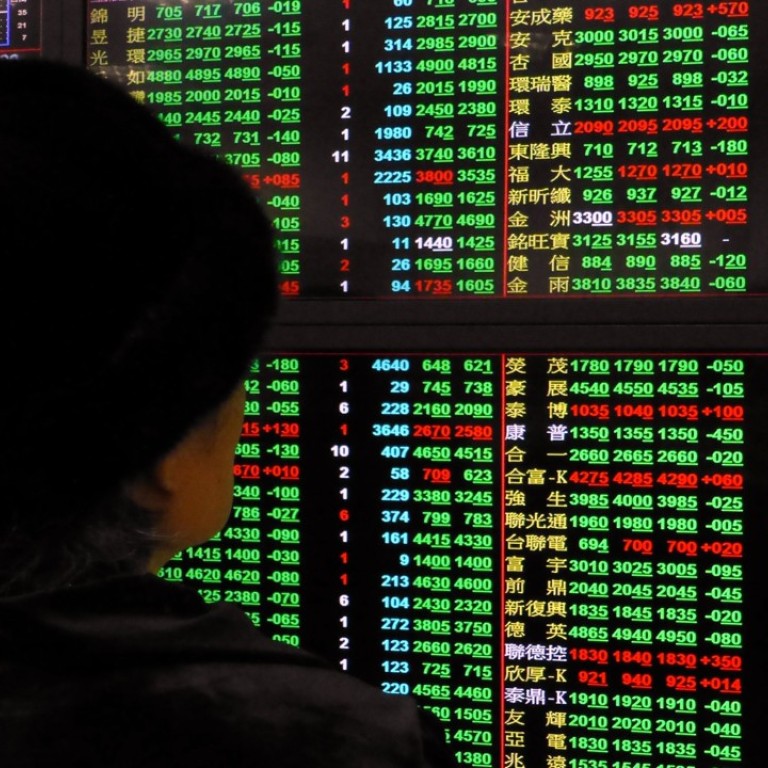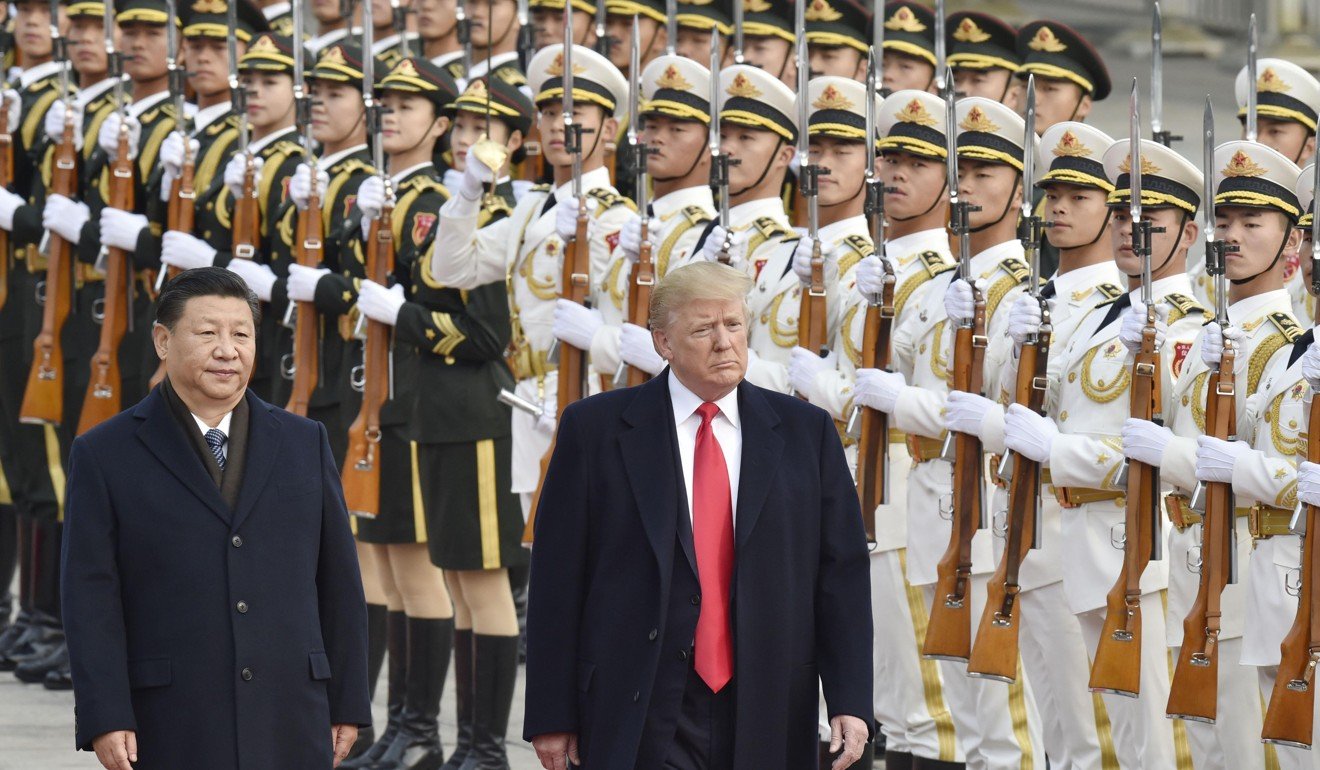
Donald Trump’s trade tensions could be the catalyst for the next financial crash
The ‘America First’ tactics embraced by Trump have put global stability in grave danger, raising the prospect of self combustion if it escalates into a full-blown global trade war
One of our innermost nagging fears is when the next financial crash next dawns. The stock answer is it may be a long way off as the world is in a much healthier position after all the healing balm applied by central banks in recent years. In reality though, speculation about the next crash is still a misnomer, as it is obvious that we are still living in the grip of the last one. But the danger now is the threat of an all-out trade war is our next new nemesis.
The nine-year old rally in equity prices is no gauge that we are out of the mess. Stocks are only up thanks to the zero interest rate policy (ZIRP) and quantitative easing (QE). Output and employment levels have rallied around the world, but there are still deep scars and weak links in the recovery. Without such excessive global stimulus, recovery would have been dead in the water long ago.
For a first world nation like Britain, the consequences of the crash have been devastating. Biting austerity, failing educational and health standards, the rise of poverty and homelessness and deepening social deprivation are hallmarks of an ailing nation, a poor reflection on one of the world’s richest economies. The huge spread of soup kitchens, food banks and payday lenders are sad proof that Britain is still living a day-to-day nightmare of the crash.
In Europe the fault-lines remain plain to see. European leaders harp on about the return to stronger growth and the improvement in job opportunities, but in truth Europe is still living on borrowed time and on overextended, mega-cheap credit. Without the European Central Bank’s extremely generous monetary policies, Europe would be in serious trouble. Debt default risks have been swept under the carpet, while swathes of Europe’s banking system remain in a fragile state. The risks are legion.
On the surface, America has responded well to shock and awe reflation tactics. After nine successive years of solid growth, the economy is close to full-employment, US stocks have enjoyed a meteoric rise and the US Federal Reserve is finally clamping down its monetary safety-valves after US President Donald Trump’s US$1.3 trillion fiscal fillip. But it is far from a picture of rosy health.

America has its problems. Despite the bounce-back from the 2008 crash, the recovery has bypassed many ordinary Americans. Social deprivation in America’s inner cities is still acute, middle and lower income Americans are struggling, rust belt states remain an economic wasteland, while Trump’s economic policies seem more focused on benefiting the few at the expense of the many.
Having lost the popular vote in the 2016 presidential elections and with midterm elections approaching in November, Trump is all too aware that he needs to win over more voters. But going for the nuclear option and slapping trade sanctions on China to protect growth and jobs back home could easily backfire. Putting “America First” will be no vote winner if it costs US jobs in the long run.
If the world lurches into trade protectionism, Trump’s “America First” tactics will put global stability in grave danger. Trump’s dream for economic regeneration will only self-combust if it escalates into a full-blown global trade war, with increased inflation and slower business activity resulting around the world to the detriment of stronger US growth.
The world needs calm heads and steady hands from all involved right now. Global leaders already have their work cut out lifting world trade growth and bolstering economic recovery without sliding back into slowdown, deflation and financial instability. Hitting the IMF’s target for 3.9 per cent global GDP growth this year already looked a bridge too far before the risk of increasing trade tensions.
Nuclear non-proliferation treaties are based on the principle of “No First Use” and it would have been a wise precept in the case of Trump’s pre-emptive strike against China using punitive trade tariffs. White House advisers would have been better off counselling their president to sit down and stop rocking the recovery boat.
Trump clearly has a beef about cheap foreign import penetration but using brinkmanship with China to solve it is playing with fire. It is no wonder global stock markets are spooked. The global economy can ill-afford another shock at this stage.
No doubt, stock markets now have their excuse to beat a hasty retreat.
David Brown is chief executive of New View Economics

